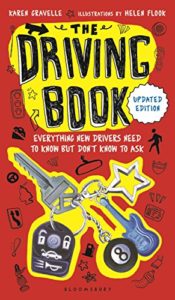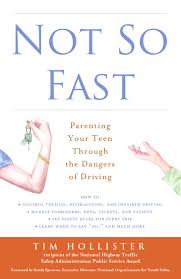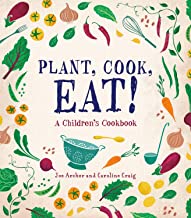The Annotated American Gods by Neil Gaiman
Recently, an item appeared on my cataloging shelves that I needed to read immediately: THE ANNOTATED AMERICAN GODS by NEIL GAIMAN; edited with notes by LESLIE S. KLINGER. I did not know this book even existed before it appeared on my shelf, but I was very familiar with AMERICAN GODS – Gaiman’s epic novel that blends classical mythology into contemporary America.
The novel follows Shadow Moon, a recent ex-convict who has just received news that his wife has died in a traffic accident – along with his best friend. Finding himself with nothing to go home to, and no connections worth pursuing, he reluctantly accepts a job offer from Mr. Wednesday, a man who Shadow just met, but who seems to know a lot about him.
Mr. Wednesday hires Shadow to be his personal driver and bodyguard. This job takes him all over the country. Wednesday introduces Shadow to an eclectic group of strange, otherworldly people. As he gets deeper into Mr. Wednesday’s world, he discovers that these people are gods, brought to America by humans centuries ago.
When humans immigrated into the country, they brought with them the stories and belief in these old gods, this faith permeated the country, and made it a place where the gods could thrive. In this modern age, belief in these gods has begun to fade. Humans have turned to new deities – Technology, Media, and others – who are taking the belief and getting stronger while the old gods become weak.
Mr. Wednesday is organizing the old gods against their new counterparts – trying to form an army and wage war against them, to destroy them and restore the old gods’ power.
The old gods come from all over the world, from Norse, African, Irish, Egyptian, Slavic, and Hindu mythologies, and many, many others. Gaiman has managed to bring them all together seamlessly in a rich, dense story full of unforgettable scenes.
This novel is truly an epic tale, like one of classical mythology. The summary above, while encompassing the novel, only covers one of the story threads that Gaiman has woven together to make this masterwork. In the course of the novel, Shadow also finds himself at the center of a murder-mystery in a small town in Minnesota, where young girls go missing with suspicious frequency. Not to mention that Shadow is being watched by a specter from his past for much of the story.
AMERICAN GODS is simultaneously an epic fantasy and an American road trip novel. Gaiman has a deep love for nostalgic Americana, and it shows. The book begins in Oklahoma, but Shadow and Wednesday travel all over the country, from Florida to Chicago – San Francisco to Kansas.
Gaiman has an understanding of the importance of road trips in American culture, of the feeling of driving down a long, empty stretch of road surrounded by fields. And the sad emptiness of the abandoned tourist destinations that have been passed over by the creation of highways.
Mr. Wednesday refuses to take the highways.
AMERICAN GODS has gone through a few editions since it was first published in 2001. Most notably, the wide release of the author’s preferred text – in the tenth anniversary edition in 2011. It has also been adapted into a comic series by Dark Horse Comics, and a Starz television series. This edition, published in 2019, is the author’s preferred text, with footnotes denoting when the text varies from the first edition.
The footnotes also give context to all of the gods and creatures that appear in the novel, which makes them a wonderful resource. Gaiman rarely explains what mythology he is referencing, leaving it up to the reader to investigate or ignore the history of the character. Klinger’s footnotes add a depth of understanding that I really appreciated.
THE ANNOTATED AMERICAN GODS is gigantic and beautiful. In addition to the footnotes, artwork depicting the gods and stills from the television show are also presented alongside the text. Having all of this together in one volume is a fan’s dream. I would encourage you to read this edition if you have read the book before – I assure you that you have never experienced the story like this.


 The Driving Book: Everything New Drivers Need to Know but Don’t Know to Ask by Karen Gravelle
The Driving Book: Everything New Drivers Need to Know but Don’t Know to Ask by Karen Gravelle

